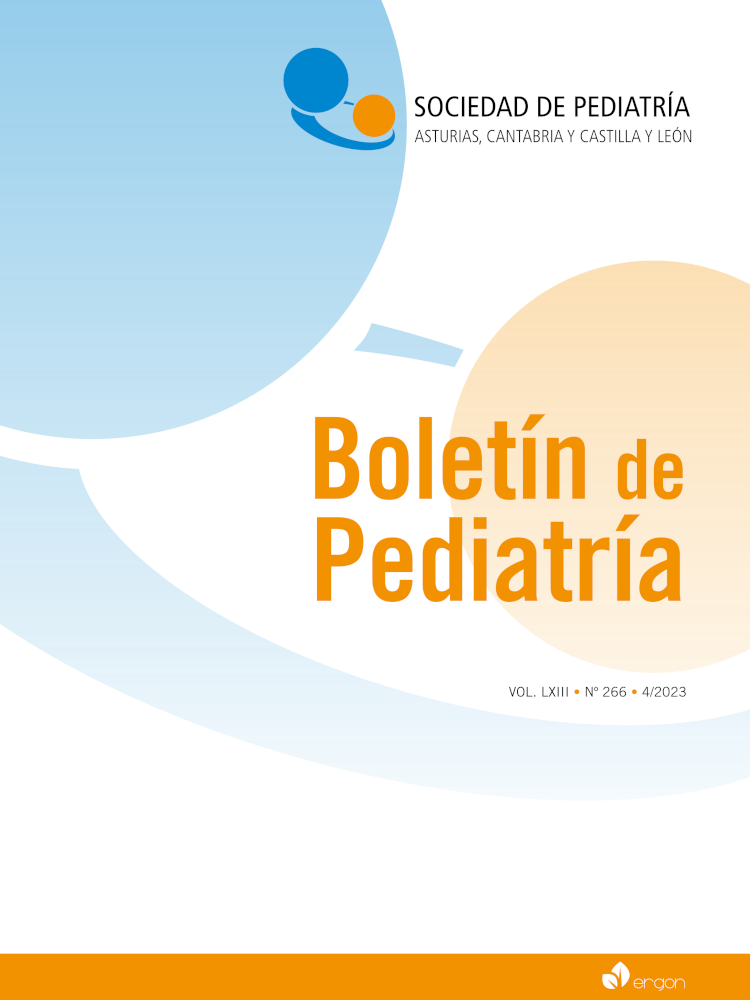Abstract
Introduction. Wolf-Hirschhorn Syndrome (WHS) is a rare genetic disorder caused by a partial deletion in the terminal region of the short arm of chromosome 4. The purpose of this study is to explore cognitive phenotype variables and their relationship with motor, visuospatial, visuomotor and language development in children with WHS.
Patients and method. The research targets an incidental sample of 18 patients clinically diagnosed with WHS, aged between 1 and 23 years, from various Spanish-speaking countries. Variables and instruments. Different diagnostic, clinical and neuropsychological variables were collected, including somatic development (physical, motor and sensory) and cognitive development (visuospatial, visuomotor, receptive and expressive language). Two measurement instruments were utilized: an ad hoc questionnaire assessing motor, visuospatial, visuomotor and language development, and the Spanish version of the Barthel Scale. Data collection relied on information provided by the parents.
Results. The main finding of this study indicates that children with lower current height, weight, and head circumference, as well as those experiencing status epilepticus, demonstrate a higher incidence of developmental problems compared to those with higher current measurements of those variables, and with no status epilepticus.
Conclusions. A distinct double cognitive phenotype was observed within the studied sample, which may help to create an initial neurodevelopmental profile of WHS for clinical, educational, and social purposes.

This work is licensed under a Creative Commons Attribution-NonCommercial 4.0 International License.
Copyright (c) 2023 Boletín de Pediatría
